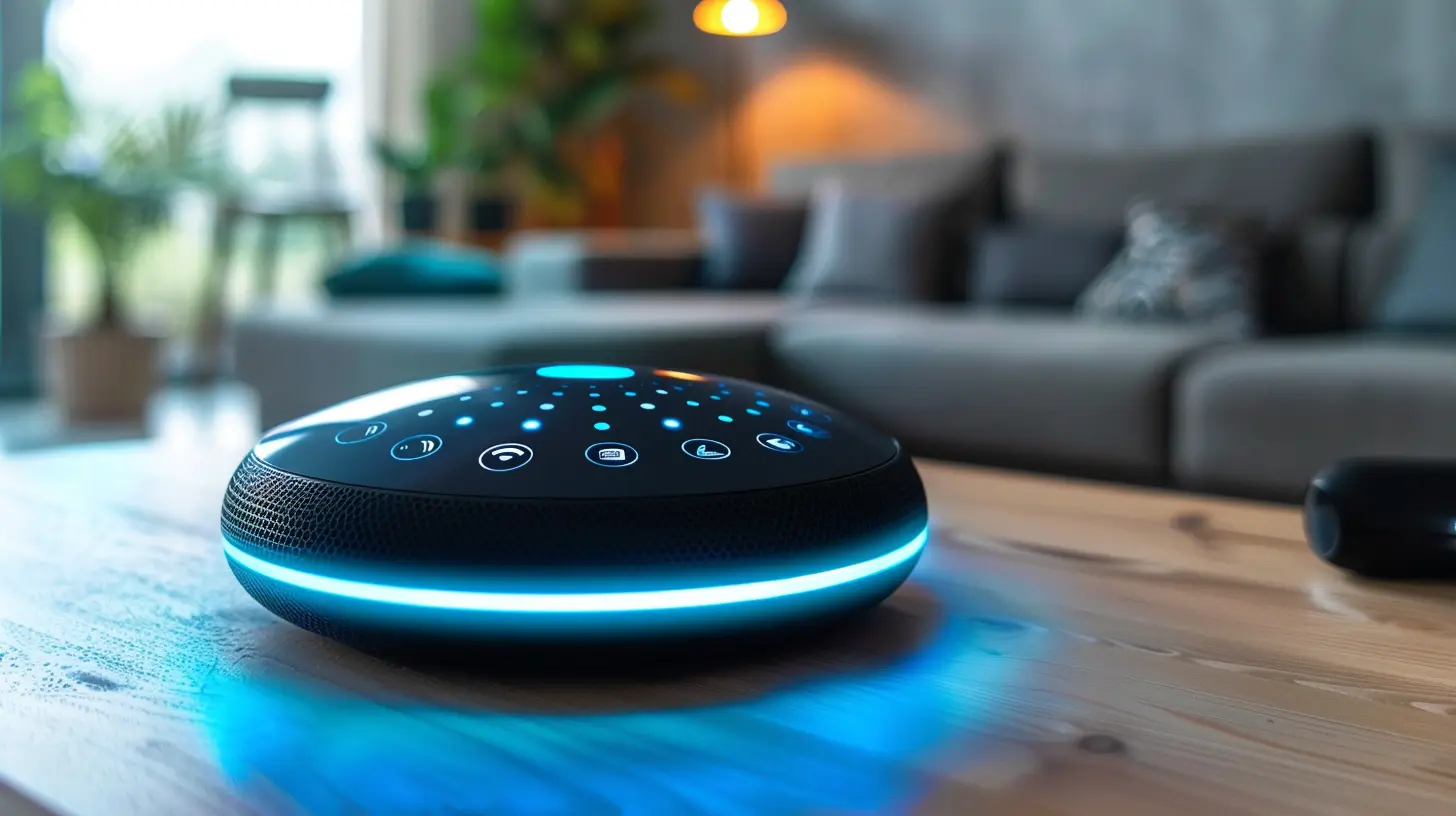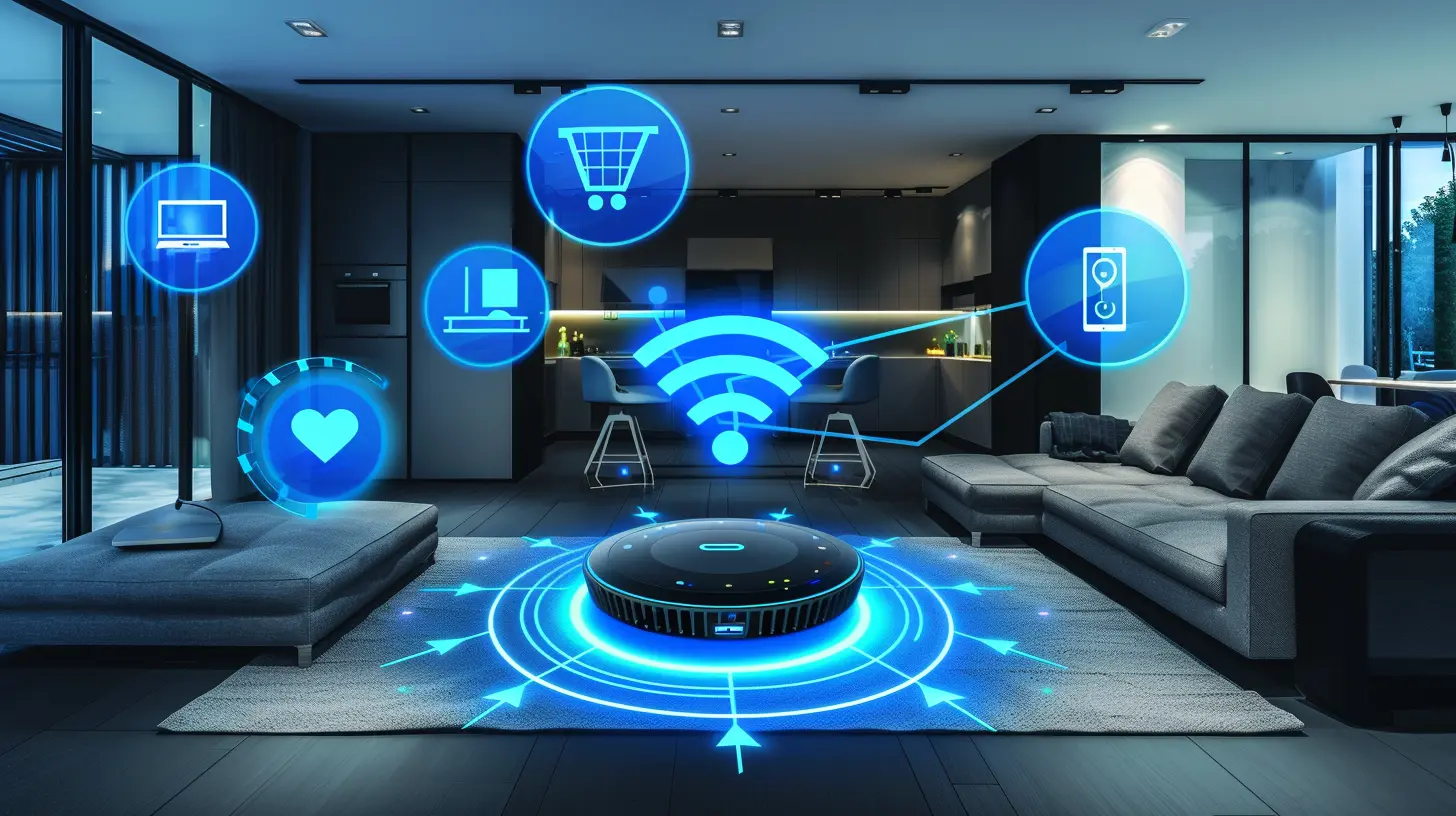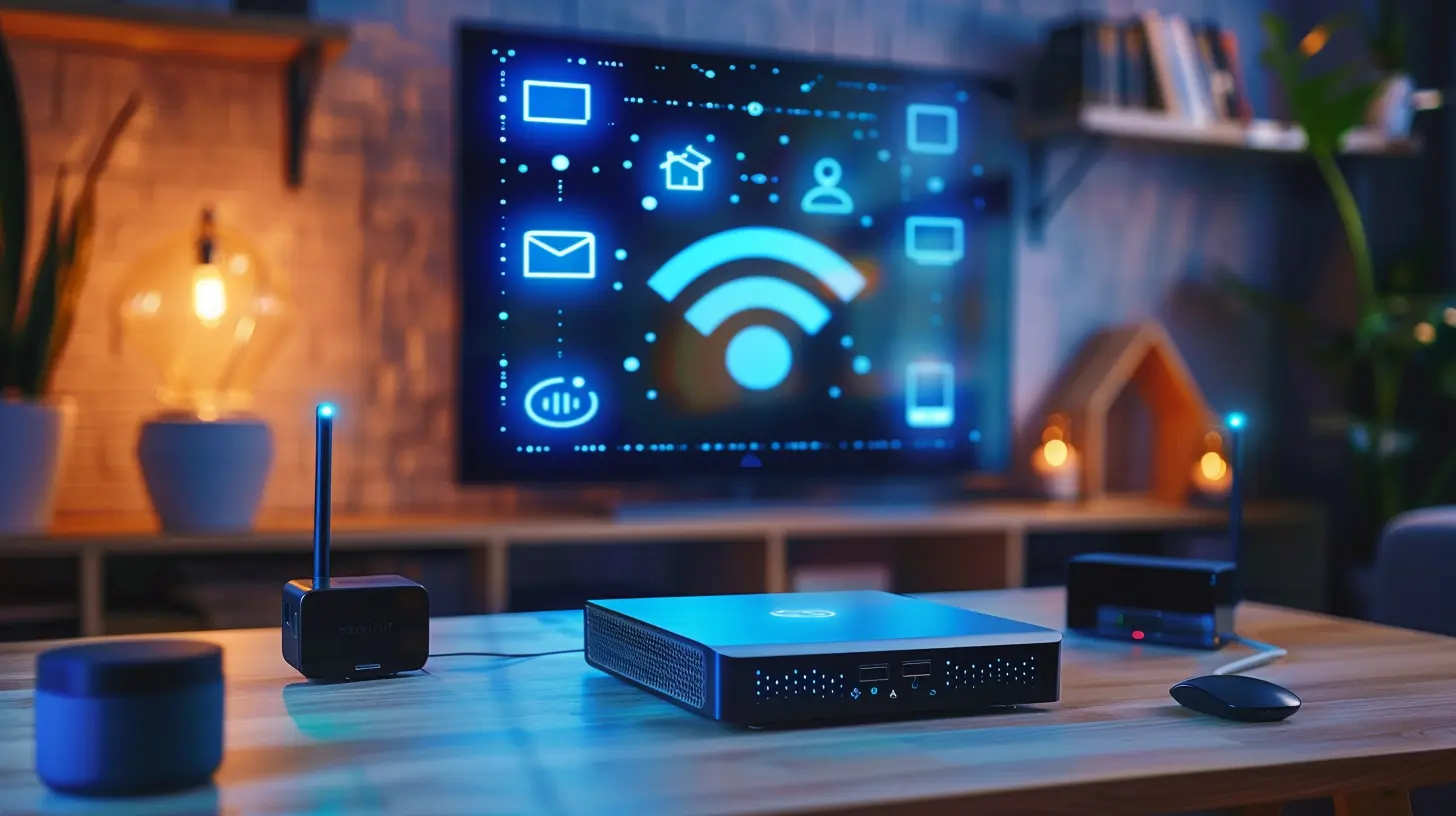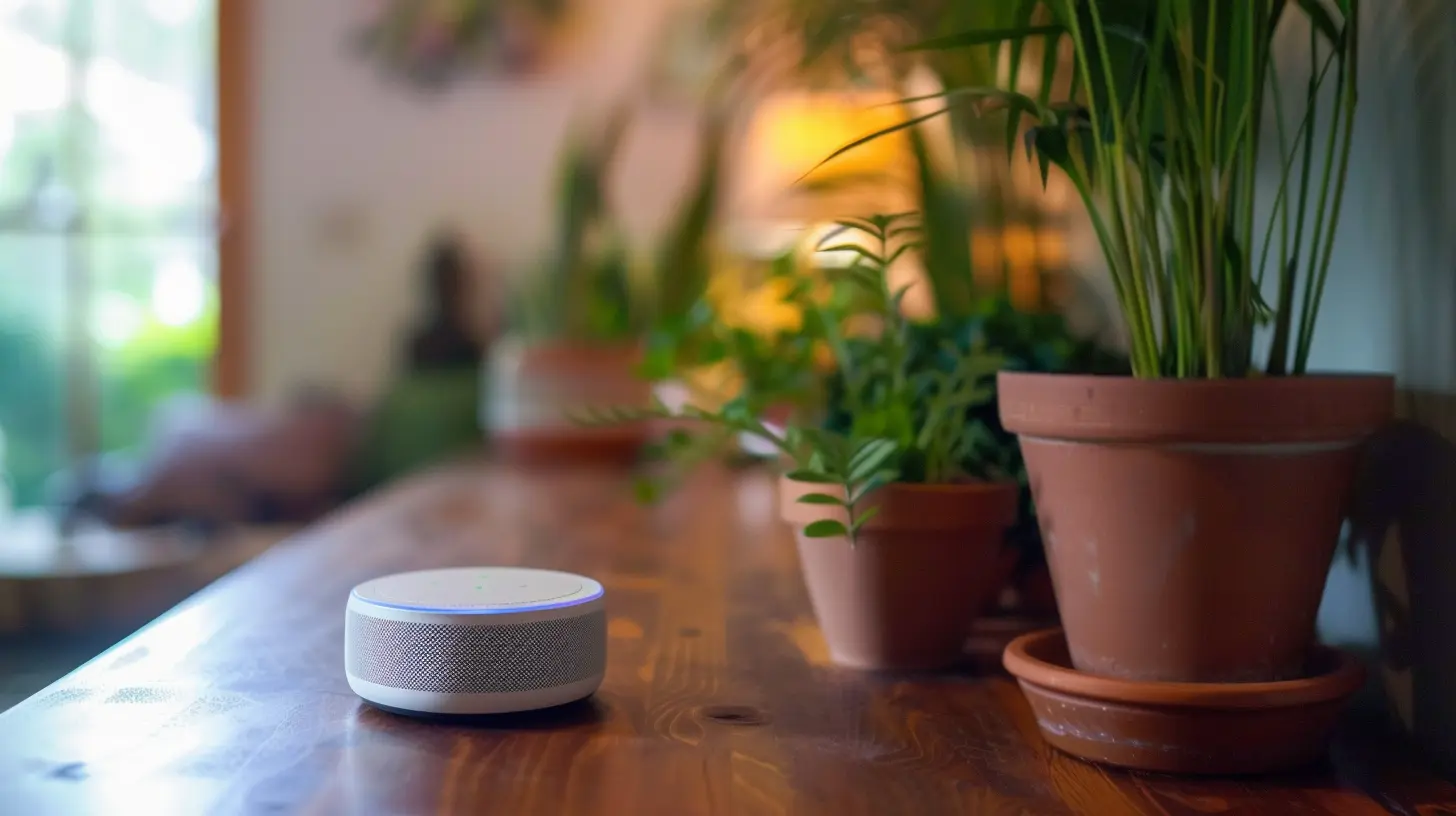Setting Up a Smart Home Hub: Centralize Your Devices
10 November 2025
So, you’ve got a house full of smart gadgets—lights that turn on with your voice, a thermostat that knows when you're home, and a doorbell that secretly records your neighbor’s terrible parking job. But now you’re dealing with 10 different apps, each with its own quirks. Wouldn’t it be magical if everything was controlled from one place?
Well, my friend, that’s where a smart home hub comes in. It’s like the universal remote for your smart devices—an all-knowing, all-controlling little box that makes your life easier. But before you dive in, let’s break down the setup process so you don’t end up yelling at Alexa or threatening to unplug your entire house. 
Why You Need a Smart Home Hub
The Chaos You’re Living In
Without a hub, you’re playing device whack-a-mole. You open one app to dim the lights, another to check your cameras, and a third to adjust the thermostat. Meanwhile, your smart speaker is arguing with your smart TV about which one should be in charge.A smart home hub brings all these devices together, like a tech babysitter making sure everyone plays nice.
The Perks of Being Centralized
A hub doesn’t just simplify things—it levels up your smart home game:- Single Control Point – Instead of hopping between apps, control everything from one place.
- Automation – Make devices work together. Want your lights to dim automatically when you start a movie? Done.
- Better Performance – Some hubs use local processing, meaning devices respond faster instead of relying on the cloud.
- Compatibility – Ever bought a gadget only to find out it doesn’t play well with the others? A hub helps bridge that gap.
Now that you’re convinced, let’s get into the nitty-gritty of setting one up! 
Choosing the Right Smart Home Hub
Popular Hub Options
There are several types of smart hubs, and picking the right one depends on your setup. Let’s break it down:1. Amazon Echo (Alexa) – Great for voice control; works well with Alexa-compatible devices but not everything.
2. Google Nest Hub – Perfect if you're in the Google ecosystem, but limited in some third-party integrations.
3. Apple HomePod (HomeKit Hub) – Awesome if you have Apple everything, but not the best for non-Apple devices.
4. Samsung SmartThings – One of the most versatile options; supports Zigbee, Z-Wave, and Wi-Fi devices.
5. Hubitat Elevation – Fantastic for local control, meaning no internet lag. Great for privacy-conscious users.
What to Consider When Buying
Before grabbing the first shiny device, ask yourself:- What devices do I already own? Pick a hub that plays well with your existing gadgets.
- Do I want voice control? If yes, go for Alexa or Google-based hubs.
- Local or cloud-based? Local hubs (like Hubitat) are faster and work even if the internet goes down.
- Future-proofing? Get something with broad compatibility, so you’re not stuck when you add more devices.

Setting Up Your Smart Home Hub
Alright, let’s get this show on the road!Step 1: Unbox and Place It Wisely
Find a central location for your hub. If it's hiding in a basement next to your Wi-Fi router, your smart devices might struggle to connect. Instead, place the hub somewhere open and near your most-used devices.Step 2: Plug It In (Yes, Really)
Most hubs need power and an internet connection—either via Wi-Fi or Ethernet (which is more reliable). Follow the manufacturer's instructions to get it up and running.Step 3: Connect Your Smart Devices
This is where the magic happens! Depending on your hub, you’ll either:- Use the hub’s app to scan for devices
- Manually add devices using their pairing mode
- Link existing accounts (e.g., Alexa to smart bulbs)
It may take some trial and error, so don’t panic if your smart light thinks it’s a toaster the first time.
Step 4: Create Automations
Now comes the fun part—automation! Here are a few ideas to get you started:- "Good Morning" Routine – Lights turn on, thermostat adjusts, and coffee starts brewing.
- "Movie Mode" – Lights dim, TV turns on, and your smart speaker whispers, Enjoy your show, Your Majesty.
- "Away Mode" – Lights and TV simulate someone being home to spook potential burglars.
Step 5: Test and Troubleshoot
Not everything will work perfectly right away. If something isn’t responding, try:- Checking for firmware updates
- Moving your hub or device closer
- Restarting the hub and re-pairing stubborn devices

Bonus Tips for a Smooth Smart Home Experience
Keep Your Wi-Fi Strong
Nothing’s worse than a laggy smart home. If your devices keep disconnecting, consider:- Upgrading to a mesh Wi-Fi system
- Assigning a dedicated 2.4GHz network for smart devices
- Keeping your router firmware up to date
Avoid Smart Home Overload
It’s easy to go overboard and fill your house with smart gadgets, but remember: the goal is convenience, not confusion. If Grandma can’t turn on the lights without an instruction manual, you’ve gone too far.Secure Your Smart Home
Smart devices can be hacked (yes, even your fridge). Protect yourself by:- Using strong, unique passwords for all accounts
- Enabling two-factor authentication
- Regularly updating firmware to patch security holes
Conclusion: Smart, Simple, Satisfying
Setting up a smart home hub is like teaching a bunch of rowdy kids to follow house rules—once everything’s in place, life is so much easier. No more app juggling, no more frustration—just smooth, seamless automation.So go on, take control of your smart home like the tech overlord you were meant to be. Just don’t let your smart speaker get too smart… it might start ordering pizza without your permission.
all images in this post were generated using AI tools
Category:
Home AutomationAuthor:

Jerry Graham
Discussion
rate this article
1 comments
Jane McIntire
Great overview! Setting up a smart home hub truly enhances convenience and control. Excited to integrate my devices using your tips!
November 15, 2025 at 4:08 AM

Jerry Graham
Thank you! I'm glad you found the tips helpful. Enjoy enhancing your smart home experience!


